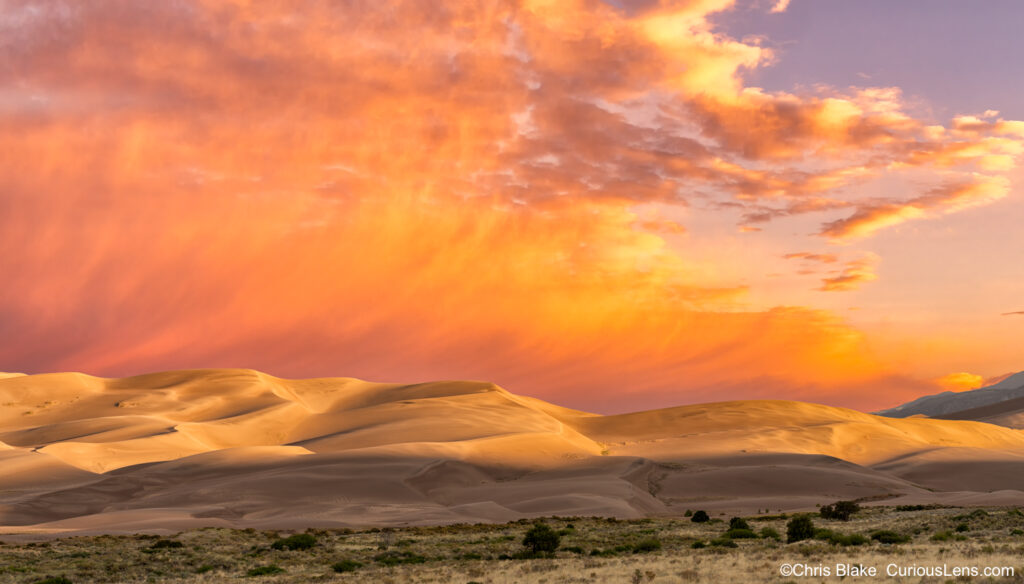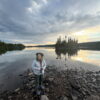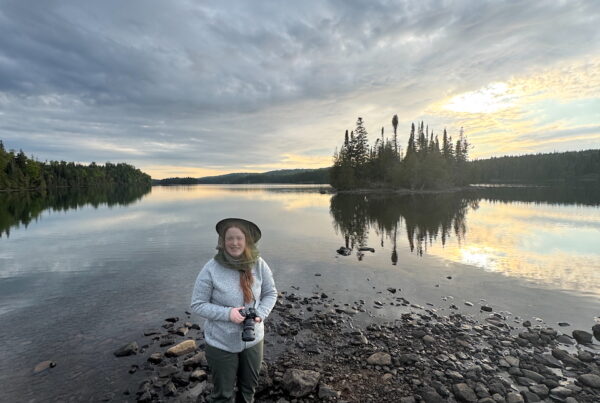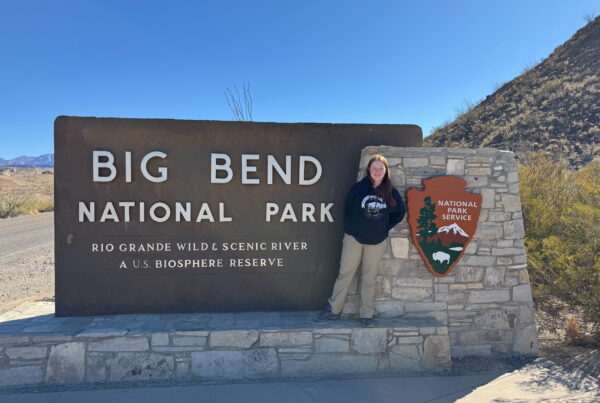From our journey through Teddy Roosevelt National Park, we ventured southward all the way to Colorado. Despite the daunting distance, the drive was surprisingly straightforward, albeit lengthy. Our destination was the renowned Great Sand Dunes National Park, a highlight of southern Colorado’s natural wonders. Nestled on the eastern edge of the San Luis Valley, the park first gained recognition as the Great Sand Dunes National Monument in March 1932 and was later designated a National Park by Congress in November 2000.

Spanning 167 square miles, with an additional 65 square miles preserved, the park boasts the tallest sand dunes in North America—towering at a majestic 750 feet. These dunes sprawl across an impressive 30 square miles and contain over 1.2 cubic miles of sand. Interestingly, the valley was historically filled with lakes. Over geological epochs, as these lakes gradually receded, the winds from the southwest swept the exposed sand toward the Sangre de Cristo mountains, culminating in the formation of the dunefield over tens of thousands of years.
We opted to stay in Alamosa, a quaint town located about 20 minutes from the dunes. While the park itself offers no lodging, visitors can find accommodation in nearby campgrounds or on the ample Bureau of Land Management (BLM) land surrounding the area. Alamosa provides a variety of hotels, eateries, and shopping options to cater to all needs. There’s even a small hotel, campsite, dining options, and a gas station right outside the park.
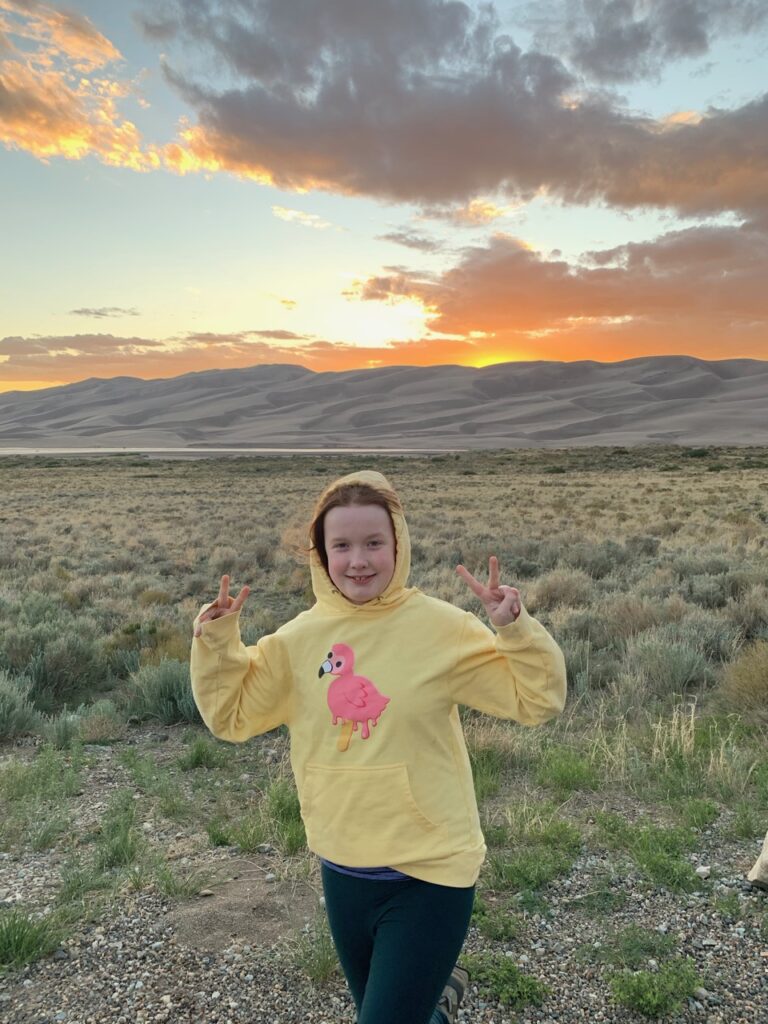
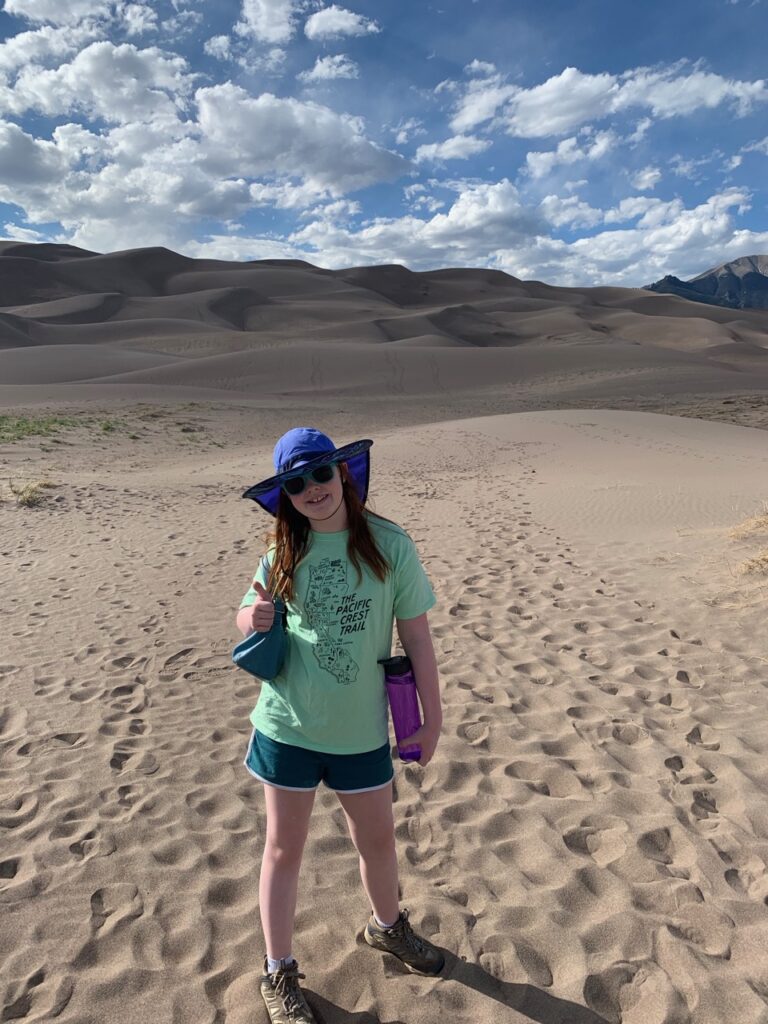

Access to the park is primarily via CO RT150, which leads to the visitor center and continues to Mendano Creek Road, directing visitors to the main parking area near the dunes. Beyond this point, the road transforms into a dirt track leading to additional, less frequented parking spots—ideal for those wishing to explore more secluded sections of the dunes. Depending on the season, a true high-clearance 4×4 may be necessary to navigate these areas.

5th Grade Graduation on the road!

Our time at the park was spent thoroughly exploring the dunes and their surroundings. Crossing Medano Creek—a shallow creek encircling the dunes—was a unique experience, offering a stark contrast to the dry landscape. The backdrop of 13,000-foot mountain peaks near the dunes provided spectacular scenes for photography. Despite the warm, comfortable weather, hiking into the dunes proved challenging as the sand grew increasingly softer with elevation. The sheer scale of the dunes, deceptive from afar, became profoundly apparent as we ascended.
One memorable evening, as we captured the sunset, a storm approached, intensifying the winds and causing sand to soar an astonishing 50-100 feet above the dunes. This dramatic scene underscored the dynamic and harsh environment of the dunes.
In hindsight, should I return, I would devote more time to the park’s mountains and alpine lakes, which we overlooked in favor of the dunes. The fall season, with its splendid foliage, would be an ideal time for such exploration, revealing a different facet of the park’s beauty.
Our trip concluded with a brief stop in Denver, where we relished our traditional steak dinner—a treat we missed during our last visit, much to Cami’s delight. This culinary tradition marked a perfect end to our adventure, leaving us with cherished memories and anticipation for future explorations.
